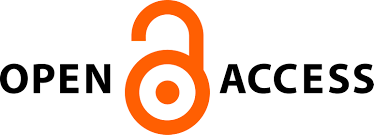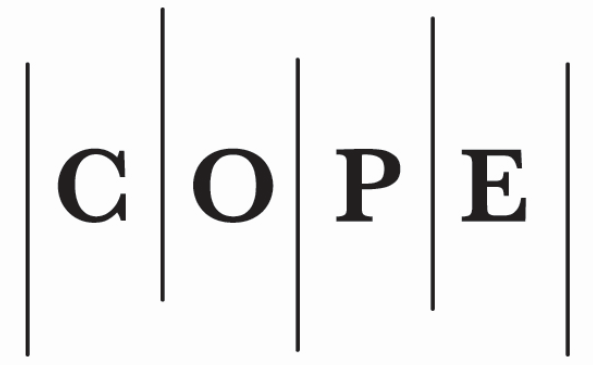Models and Principles of Designing e-Voting Systems, Ensuring its Protection
##plugins.themes.bootstrap3.article.main##
Abstract
All over the world there is one main problem for government organizations in organizing general elections or referendums. The problem is that citizens are very apathetic and their participation in elections and referendums is very low. The elections and referendums, which are based on the traditional election system, use paper ballots which are inconvenient for a lot of citizens who have election rights, because it’s not very comfortable or possible to reach voting polls on election day. In this case the participation of citizens is very low, because it’s not always possible to visit polling stations when the distance to it is quite far or citizens have no time to vote. One of the easiest ways to increase participation of citizens in the country political processes is creation of electronic voting systems that can be used to cast citizen votes both remotely or not. Because of the opinion that e-voting systems will be more convenient for voters and that this will increase voter turnout on elections and referendums, governments of some countries are trying to create and begin to use those systems in their countries’ general elections and referendums.
This scientific paper represents the standards and main aspects of creation of e-voting systems, models and the main threats to electronic voting systems. It discusses system attack methods and people who are interested in compromising e-voting systems. Also it analyses the practice of using e-voting systems for elections and referendums in some world countries.
This scientific paper represents the standards and main aspects of creation of e-voting systems, models and the main threats to electronic voting systems. It discusses system attack methods and people who are interested in compromising e-voting systems. Also it analyses the practice of using e-voting systems for elections and referendums in some world countries.
##plugins.themes.bootstrap3.article.details##
Section
Articles
- The Author grants to the Publisher the exclusive right and licence to publish this Article without remuneration until the expiry of the economic rights: to reproduce the article in print and digital form, including its publication; to disseminate the original version of the Article or its copies in Lithuania and foreign countries; to translate the Article; to publish the article, including making it publicly available via computer networks; to reproduce and publish the Article in Lithuanian and foreign databases; to licence usage of the Article in ways described in this paragraph.
- The Author warrants that the economic rights of the Author have not been assigned or granted to third parties, that the Article has not been published so far and is not under consideration of being published elsewhere.
- The Author warrants that the Article does not violate intellectual property rights of others.
- After the Article is published in Social Technologies the Author shall have a right to make it public on personal website or on a website of an institution of affiliation, to reproduce it for non-commercial teaching or scholarly research purposes, clearly indicating that the primary source of its publication is Social Technologies.
- This consent shall be considered invalid if the Editorial Board of the Social Technologies decides not to publish the Article.
Authors contributing to Social Technologies agree to publish their articles under a Creative Commons Attribution 3.0 Unported (CC BY 3.0) Licence, allowing third parties to share their work (copy, distribute, transmit) and to adapt it, under the condition that the authors are given credit, and that in the event of reuse or distribution, the terms of this licence are made clear.







